Skin Clinic
Skin Cancer Checks – Ask Dr. Ash Singh
Facts and Figures
In Australia, every year:
- skin cancers account for 80% of all newly diagnosed cancers.
- two in three Australians will be diagnosed with skin cancer by the time they are 70.
- melanoma is the most common cancer in people aged 15-44 years.
- excluding non-melanoma skin cancer (1), melanoma is the fourth most common cancer in both women and men.
- Australia has one of the highest incidences of skin cancer in the world, at nearly four times the rates in Canada, the US and the UK.
- GPs in Australia have over 1 million patient consultations per year for skin cancer.
- around 434,000 people are treated for one or more non-melanoma skin cancers. In 2007, 448 people died of the disease.
- more than 10,300 people are treated for melanoma, with 1279 people dying in 2007 alone.
People at higher risk of skin cancer are those who:
- Previously had a skin cancer and/or have a family history of skin cancer, especially melanomas.
- Have a large number of moles on their skin
- Have fair skin that is sensitive to ultraviolet (UV) radiation and burns easily
- Have a history of severe/blistering sunburns
- Spend lots of time outdoors, unprotected, during their lifetime, including working outdoors.
- Actively tan or use solariums, sunlamps and sunbeds
When to have a Skin Check
- If you have developed a new spot that is different from other spots around it
- If a spot, mole or unusual freckle that has changed in shape, size, or colour
- If you have a sore that doesn’t heal
- Any skin spot that you are worried about.
- Dr. Singh recommends a full body skin check at least every 12 months, and more if you are at higher risk of skin cancers (see above).
Skin Cancer Removal
For this procedure, a local anesthetic is used to numb the area, and then the skin cancer is excised along with some of the healthy skin tissue around it (margin). After the cancerous area is removed, the incision is closed with stitches. If the incision is large, sometimes a skin graft or flap is required.
What is Skin Cancer?
Skin cancer occurs when skin cells are damaged, for example, by overexposure to ultraviolet (UV) radiation from the sun. Between 95 and 99% of skin cancers in Australia are caused by exposure to the sun. There are 3 main types of Skin Cancers:
- Basal cell carcinoma (BCC)
- Squamous cell carcinoma (SCC)
- Melanoma
Can you tell which ones are malignant?
Below we have placed some images of common skin blemishes.Do you know which ones are benign and which ones are malignant?
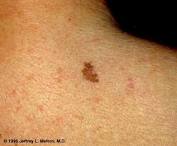
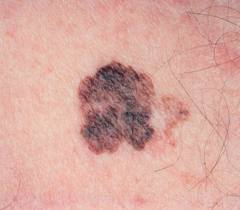
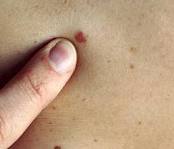
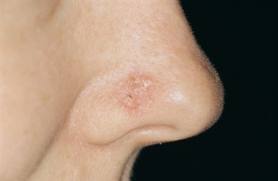
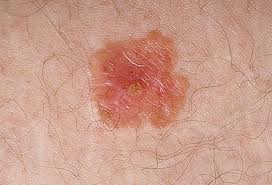
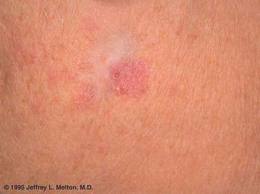
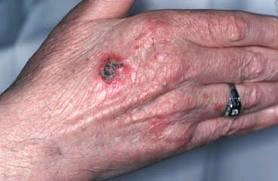
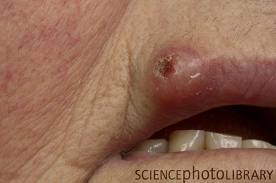
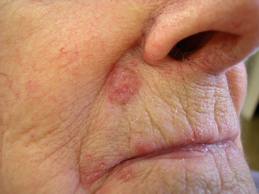
The answer is that all of these images show malignant skin conditions. The first three are melanomas, the second three are basal cell carcinomas and the final three are squamous cell carcinomas.
It can be difficult to determine if the lesion is serious without the help of an expert and so the doctor will be able to assist you with a comprehensive and thorough assessment.
Regular Clinic Checks
Dr. Singh recommends that you have a full skin check once a year. Higher risk patients (fair skin, large numebr of moles, previous history or family members with melanomas, red hair, history of significant sunburn or extended time outdoors) may need to attend more regularly, please consult with your doctor. It is extremely important to get annual check ups as skin cancer is a cancer that needs to be detected at its early stages. Contact us if you have a:
- If you have developed a new spot that is different from other spots around it
- If a spot, mole or unusual freckle that has changed in shape, size, or colour
- If you have a sore that doesn’t heal
- Any skin spot that you are worried about.
To book an appointment or discuss any skin changes, please call 98594188.
